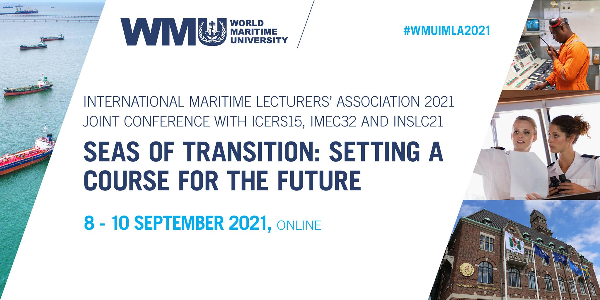Document Type
Paper
Publication Date
2021
First Page
145
Last Page
148
DOI
http://dx.doi.org/10.21677/imla2021.15
Abstract
The Engine control room in a vessel is covered with a soundproof wall. Therefore, crews can not communicate with each other with normal voices. Therefore, crews in the engine room communicated with colleagues by hand signals instead of loud voices in the noisy space when there was no control room yet in a vessel. An example of a hand signal that Japanese crews used to use in the past was putting your right hand into your left armpit, which means “measure”. One of the advantages of hand signals is that they are a useful communication tool in such a noisy environment. In addition, as another advantage, if there are internationally common maritime hand signals, it would be a useful communication tool among multicultural and multilingual crews on board. This paper focuses on engineer instructors on training ships. They use megaphones when they need to explain something or give orders to cadets in noisy engine rooms. Thus, taking into account the past hand signals used by Japanese crews and the diversity of meaning of gestures in different countries, we study the potential for utilizing hand signals during training in noisy engine rooms.


